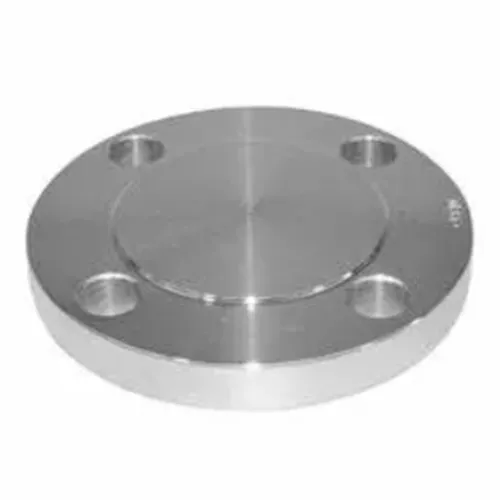-
Cangzhou Yulong Steel Co., Ltd.
-
Phone:
+86 13303177267 -
Email:
admin@ylsteelfittings.com
- English
- Arabic
- Italian
- Spanish
- Portuguese
- German
- kazakh
- Persian
- Greek
- French
- Russian
- Polish
- Thai
- Indonesian
- Vietnamese
- Zulu
- Korean
- Uzbek
- Hindi
- Serbian
- Malay
- Ukrainian
- Gujarati
- Haitian Creole
- hausa
- hawaiian
- Hebrew
- Miao
- Hungarian
- Icelandic
- igbo
- irish
- Japanese
- Javanese
- Kannada
- Khmer
- Rwandese
- Afrikaans
- Albanian
- Amharic
- Armenian
- Azerbaijani
- Basque
- Belarusian
- Bengali
- Bosnian
- Bulgarian
- Catalan
- Cebuano
- China
- China (Taiwan)
- Corsican
- Croatian
- Czech
- Danish
- Esperanto
- Estonian
- Finnish
- Frisian
- Galician
- Georgian
- Kurdish
- Kyrgyz
- Lao
- Latin
- Latvian
- Lithuanian
- Luxembourgish
- Macedonian
- Malgashi
- Malayalam
- Maltese
- Maori
- Marathi
- Mongolian
- Myanmar
- Nepali
- Norwegian
- Norwegian
- Occitan
- Pashto
- Dutch
- Punjabi
- Romanian
- Samoan
- Scottish Gaelic
- Sesotho
- Shona
- Sindhi
- Sinhala
- Slovak
- Slovenian
- Somali
- Sundanese
- Swahili
- Swedish
- Tagalog
- Tajik
- Tamil
- Tatar
- Telugu
- Turkish
- Turkmen
- Urdu
- Uighur
- Welsh
- Bantu
- Yiddish
- Yoruba

Nov . 05, 2024 15:24 Back to list
flanged inlet
Understanding Flanged Inlets Importance and Applications
In various engineering and industrial applications, effective fluid transfer is indispensable. Among the myriad of components designed for this purpose, the flanged inlet serves as a critical interface between systems. A flanged inlet is a type of connection that allows for the easy integration of pipelines, tanks, or other fluid-carrying structures. Its design includes a flat rim or lip that extends outward from the pipe, equipped with bolt holes enabling secure attachment to another component.
Design and Functionality
The design of a flanged inlet emphasizes both functionality and ease of maintenance. Typically, the flange is manufactured from durable materials such as stainless steel, ductile iron, or plastic, ensuring resistance to corrosion and wear. The inlet's dimensions, including bolt hole spacing and flange thickness, conform to standard specifications, allowing interchangeable parts across different systems.
One of the primary functionalities of a flanged inlet is to provide a leak-proof connection
. When properly installed, the flange creates a tight seal that prevents fluid escape, which is essential in applications involving hazardous materials or high-pressure fluids. The use of gaskets between flanges further enhances the seal, accommodating temperature fluctuations and vibrations.Applications Across Industries
Flanged inlets are prevalent in many industries, including water management, oil and gas, chemical processing, and HVAC systems. In water treatment plants, for instance, flanged inlets facilitate the connection of pipelines to pumps and tanks, ensuring smooth and efficient water flow. Similarly, in oil and gas operations, flanged inlets are used in various HVAC systems for transporting fuel and other fluids while maintaining stringent safety standards.
flanged inlet

In chemical processing, the need for compatibility and material resistance is crucial. Flanged inlets can be designed to handle corrosive substances, and their robust construction allows them to endure the pressures and conditions present in these settings. This adaptability makes them an invaluable part of manufacturing and processing systems.
Advantages of Using Flanged Inlets
One of the significant advantages of flanged inlets is their easy installation and maintenance capabilities. The flanged connection can be assembled quickly with standard tools, allowing for efficient system setups. Moreover, when repairs are necessary, flanged inlets can be disassembled without needing to cut pipes, minimizing downtime and reducing overall maintenance costs.
Another benefit is their compatibility with various pipe materials and diameters, which provides flexibility in design choices. Flanged inlets can accommodate different pipe configurations, making them suitable for custom applications. This versatility is particularly advantageous in complex systems where multiple types of materials and fittings must be integrated.
Conclusion
In summary, flanged inlets play a crucial role in the connectivity of fluid systems across multiple industries. Their robust design, ease of installation, and leak-proof capabilities make them indispensable components in ensuring efficient and safe fluid transfer. As industries continue to evolve, the demand for reliable and durable connections like flanged inlets will undoubtedly grow, highlighting the importance of such fittings in modern engineering practices. Proper understanding and application of flanged inlets can significantly enhance system performance, leading to healthier operational outcomes in a diverse range of applications.
Latest news
-
ANSI 150P SS304 SO FLANGE
NewsFeb.14,2025
-
ASTM A333GR6 STEEL PIPE
NewsJan.20,2025
-
ANSI B16.5 WELDING NECK FLANGE
NewsJan.15,2026
-
ANSI B16.5 SLIP-ON FLANGE
NewsApr.19,2024
-
SABS 1123 FLANGE
NewsJan.15,2025
-
DIN86044 PLATE FLANGE
NewsApr.19,2024
-
DIN2527 BLIND FLANGE
NewsApr.12,2024
-
JIS B2311 Butt-Welding Fittings LR/SR 45°/90° /180°Seamless/Weld
NewsApr.23,2024











